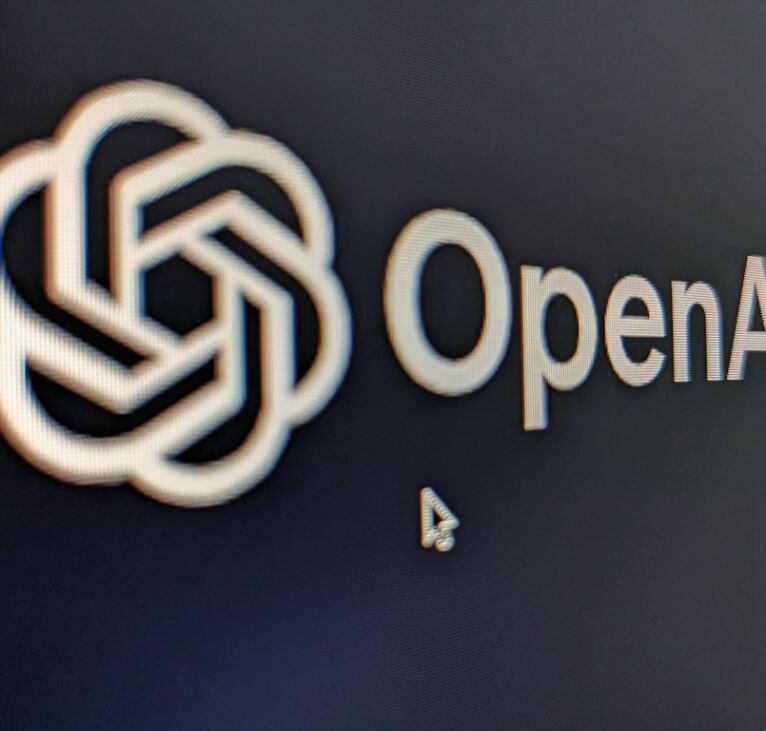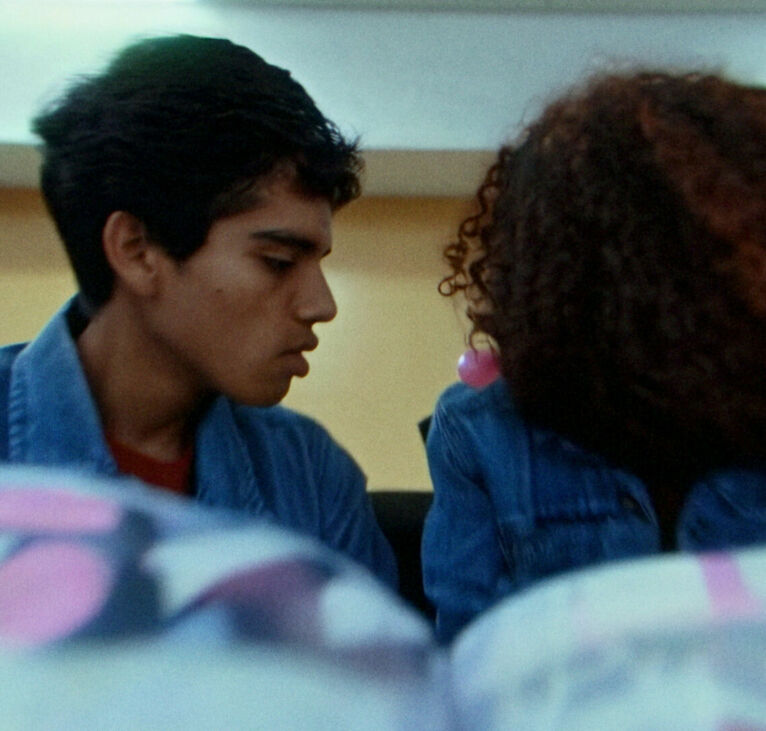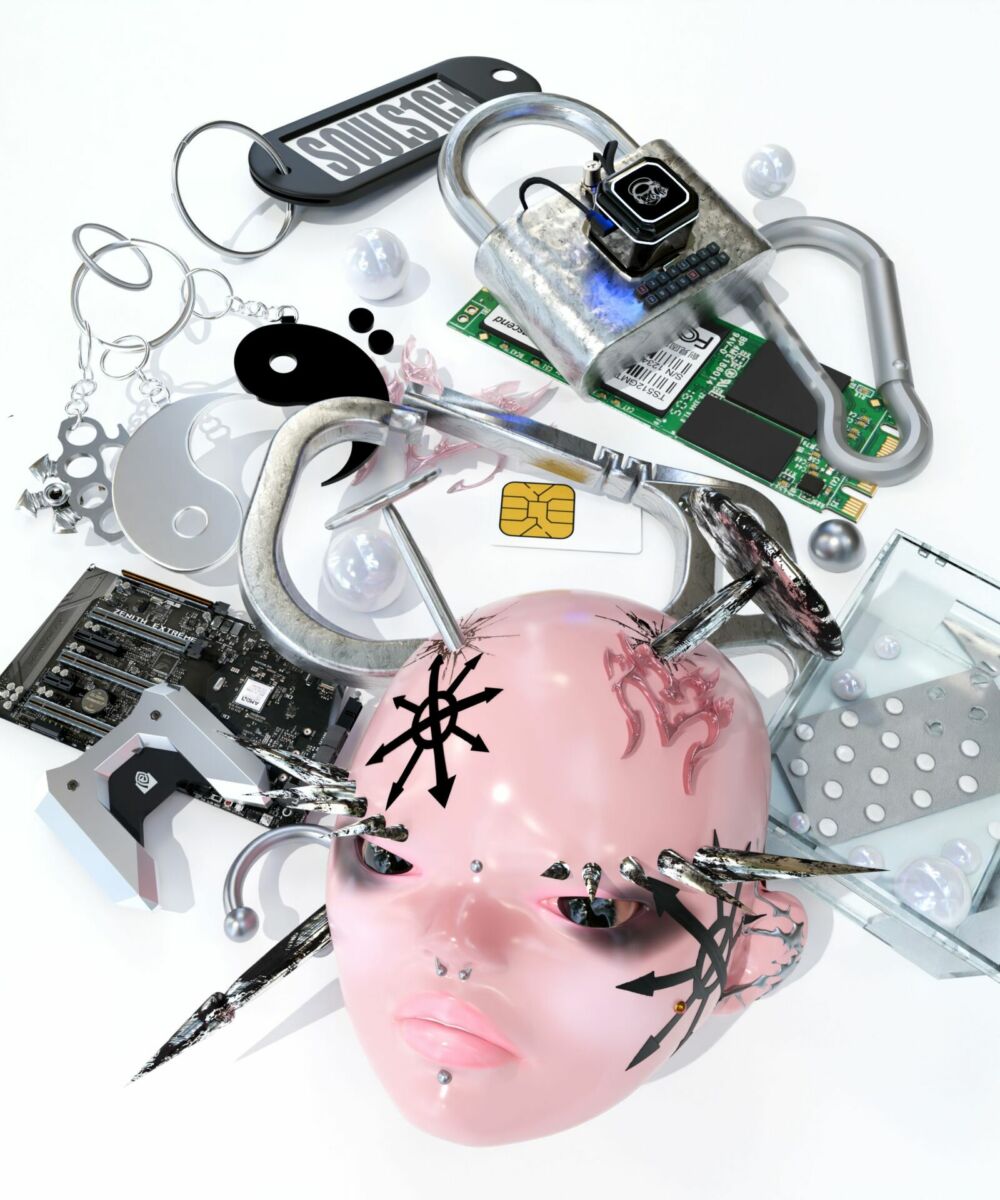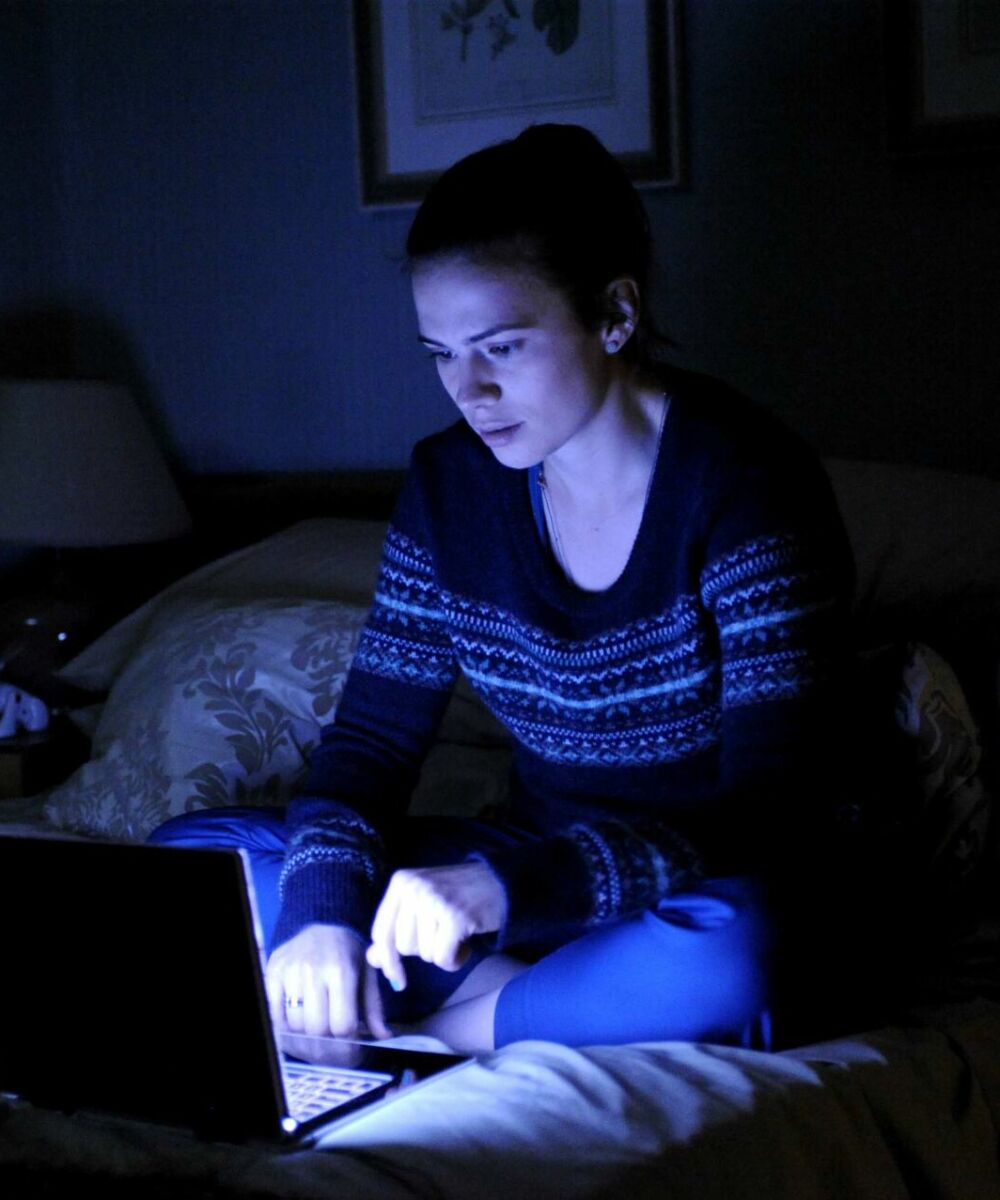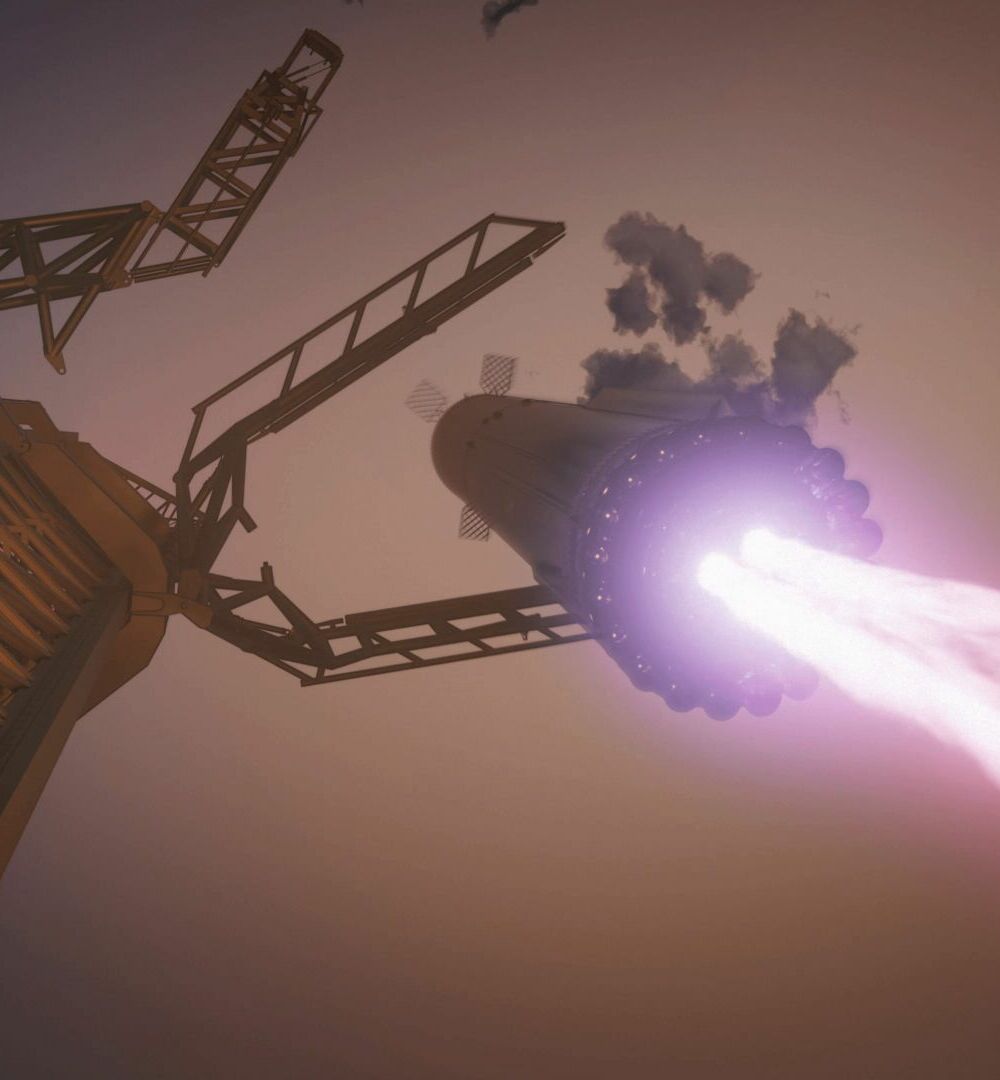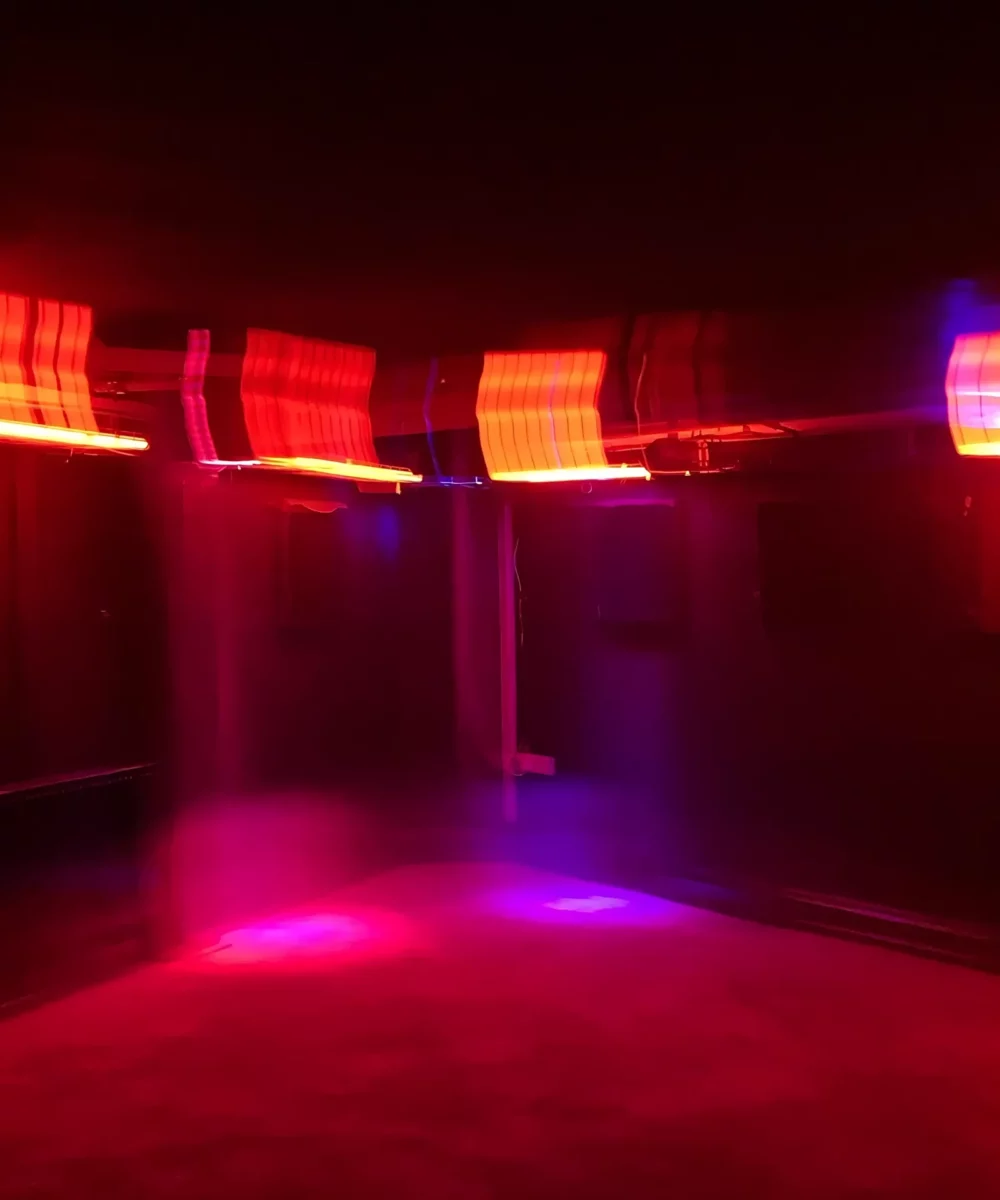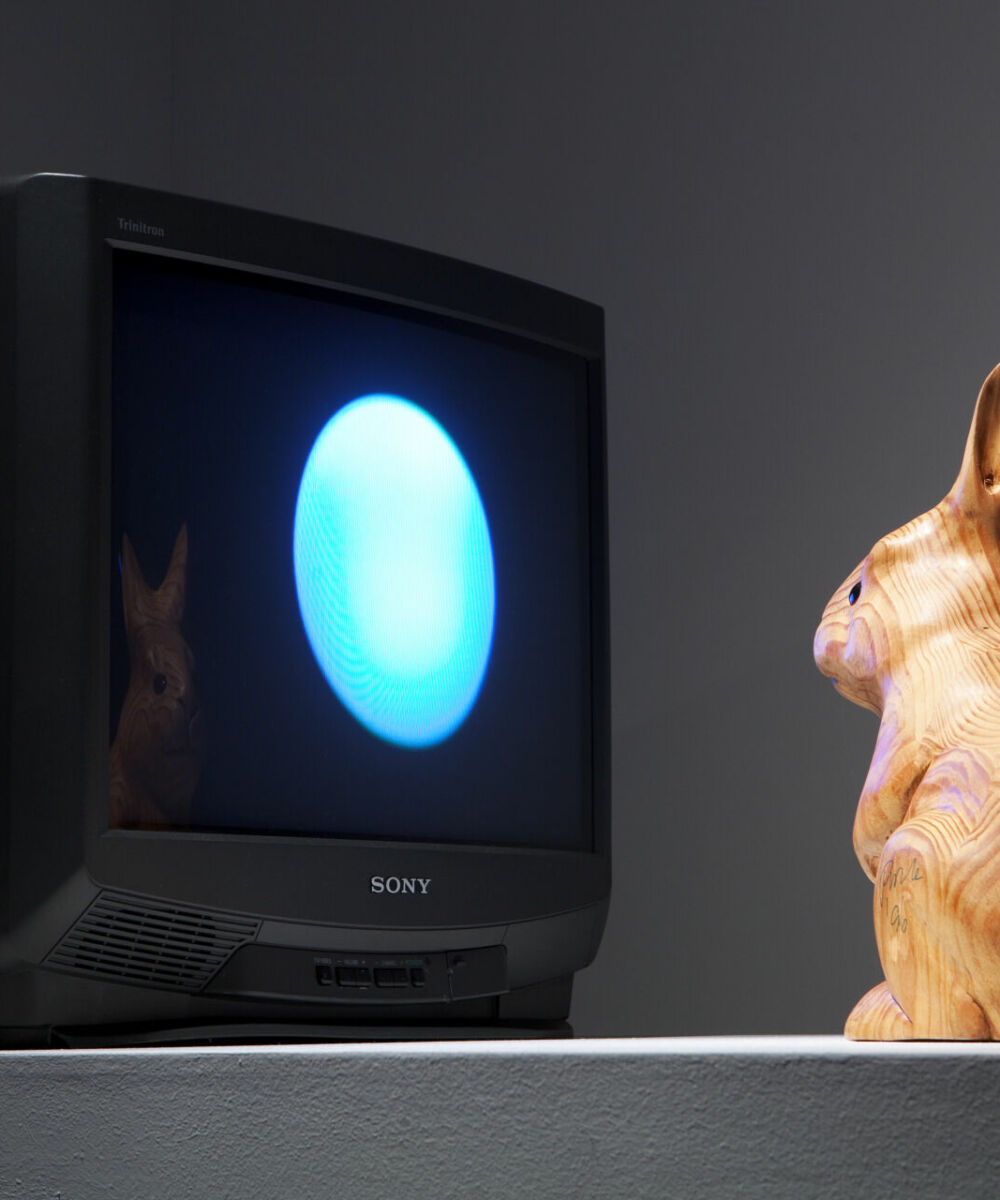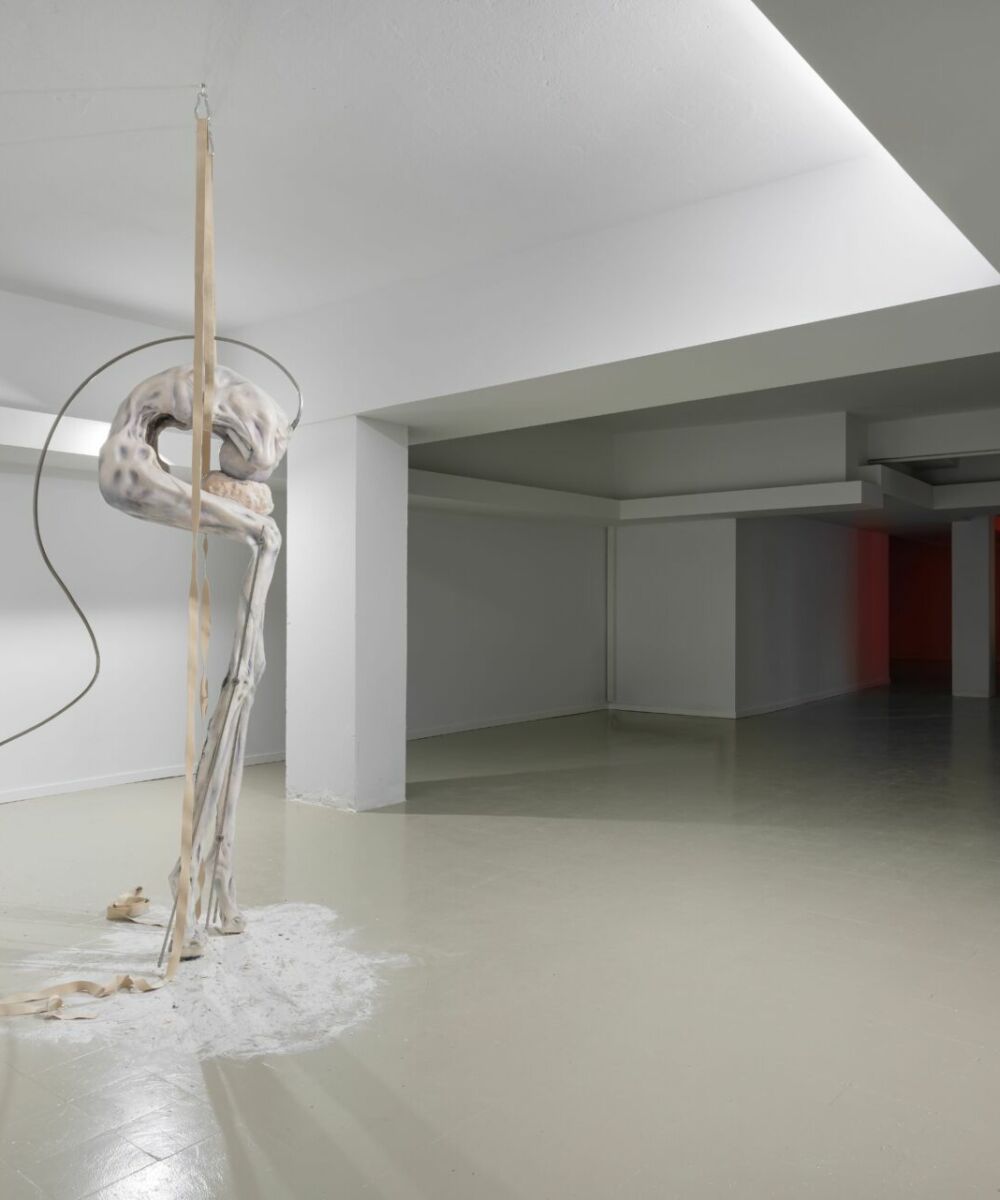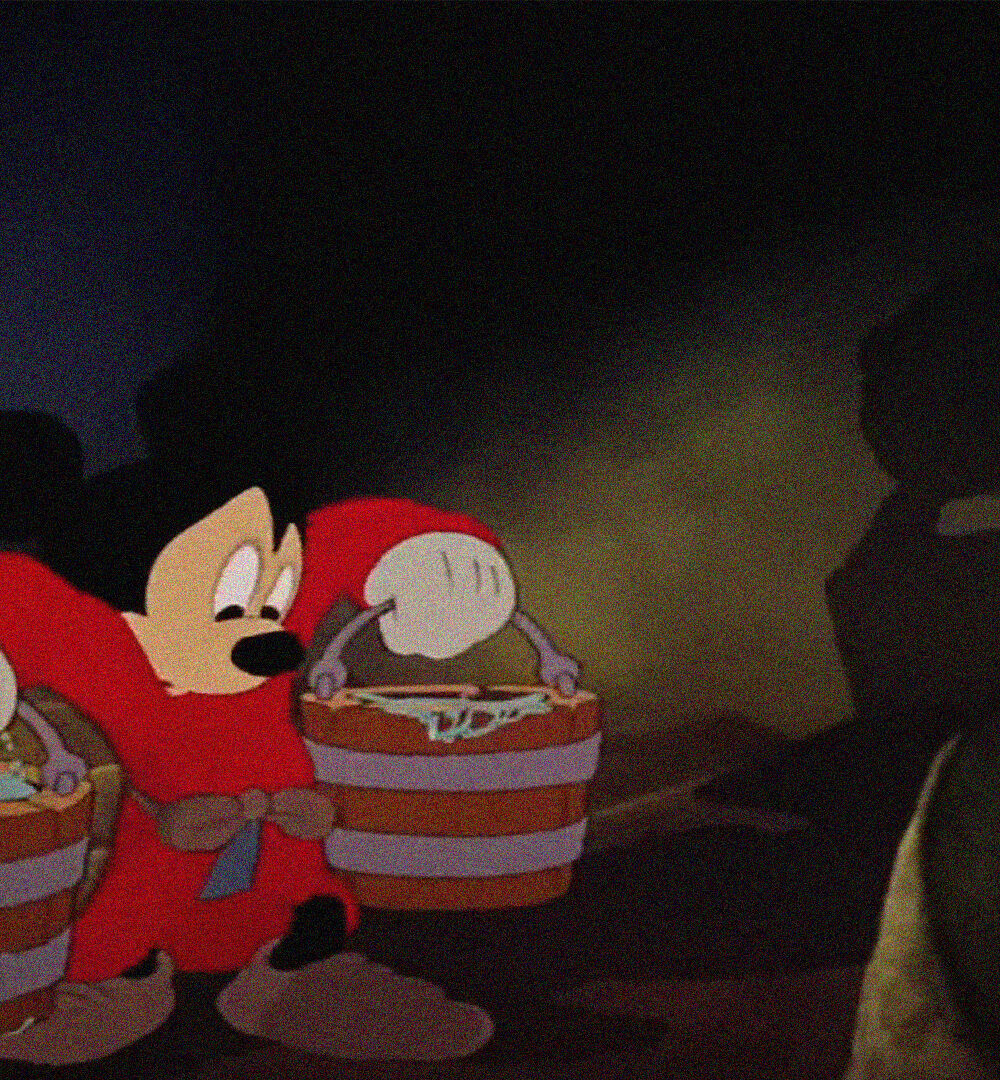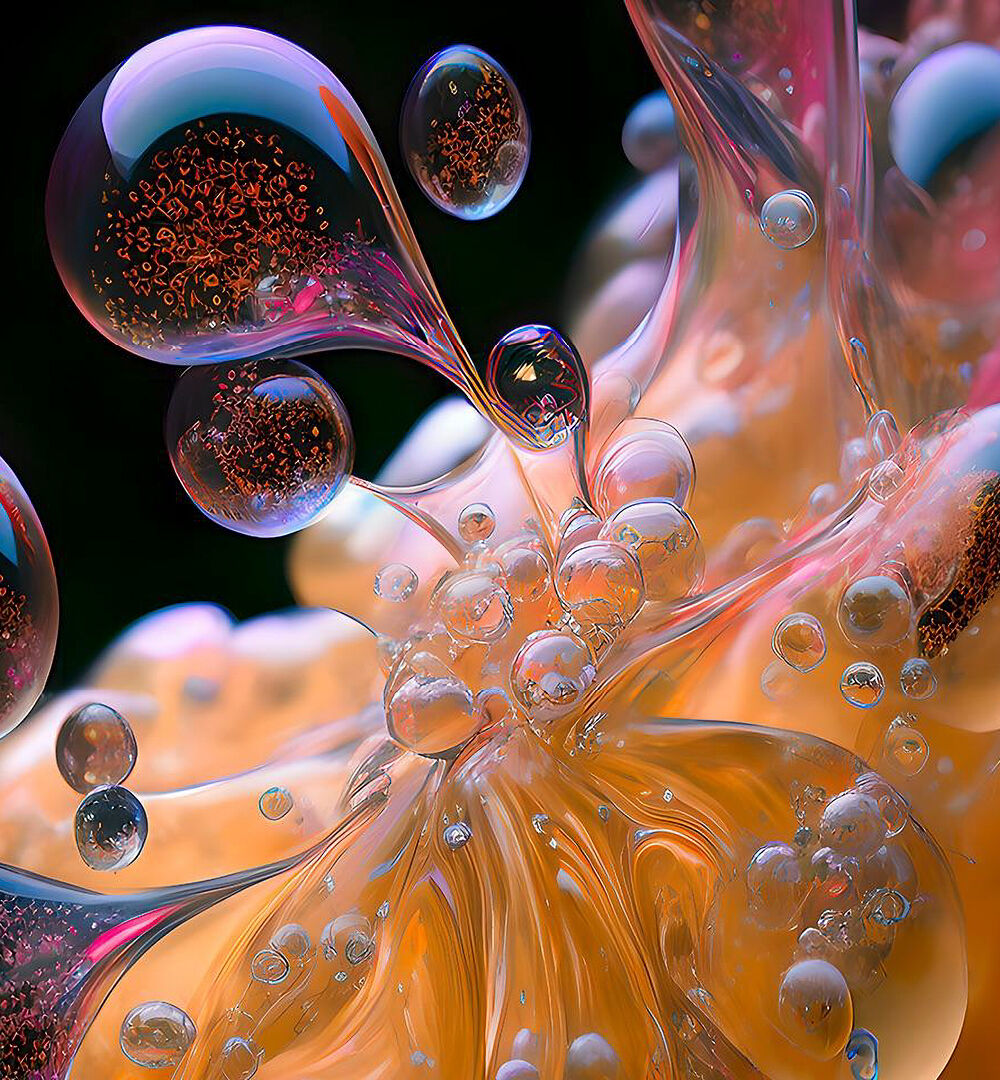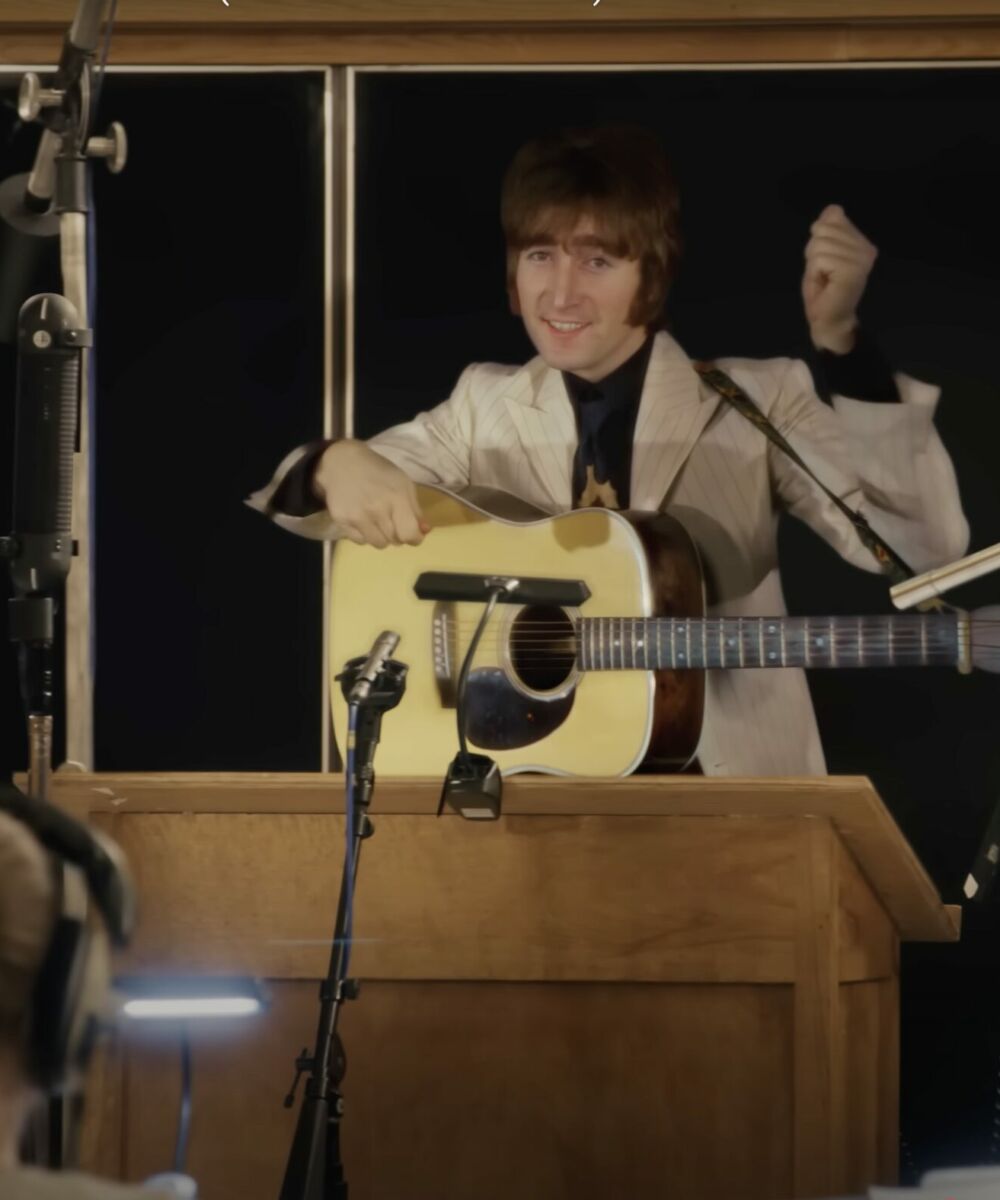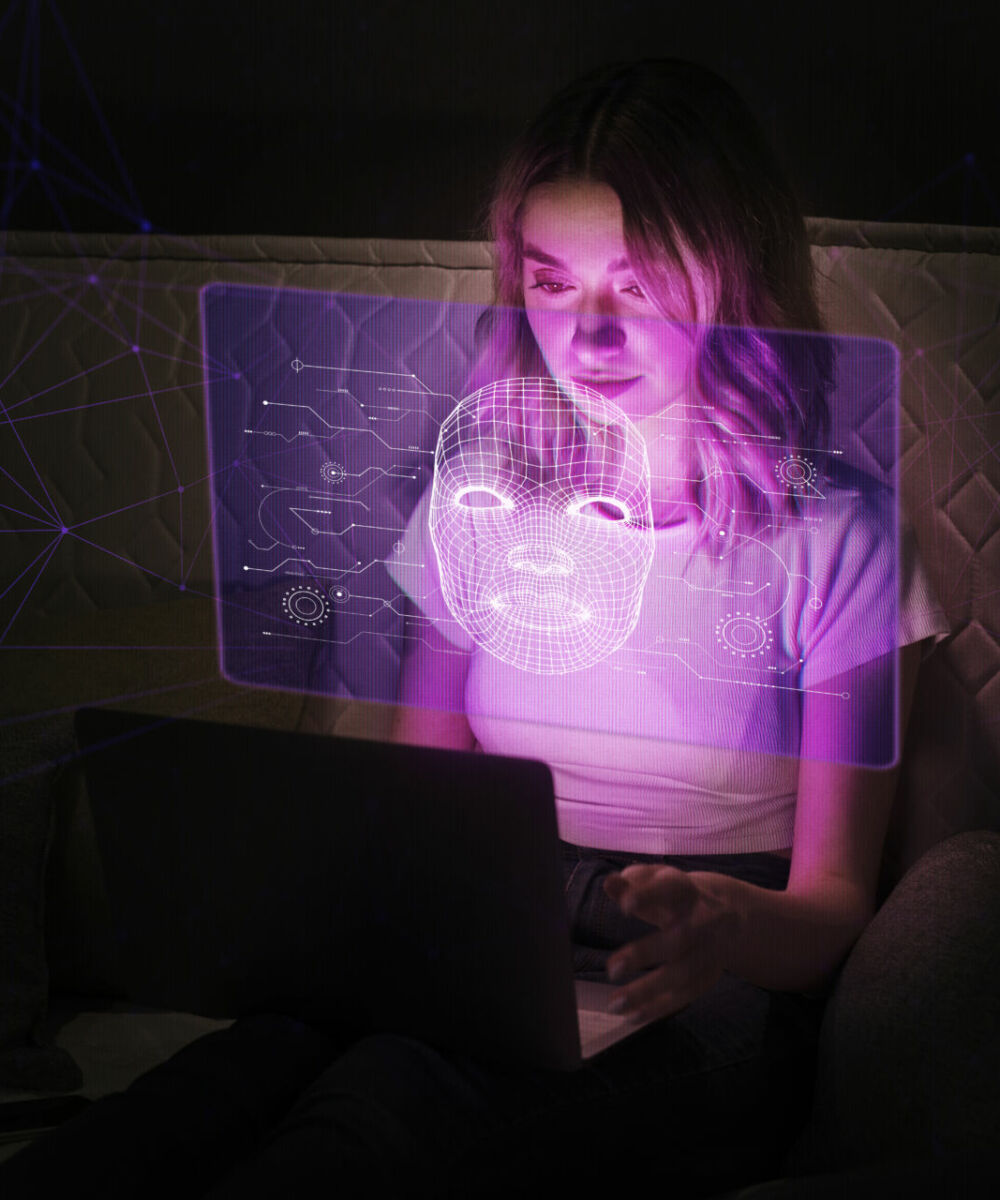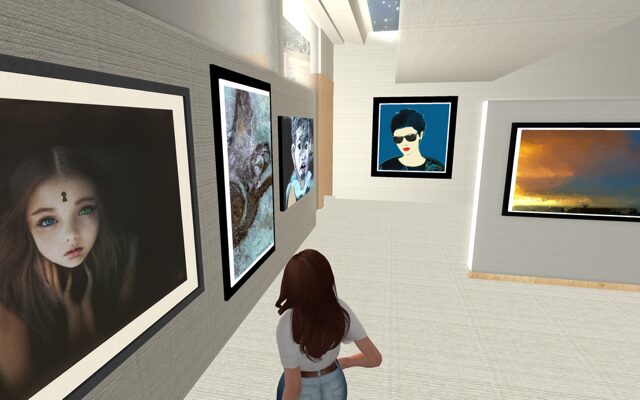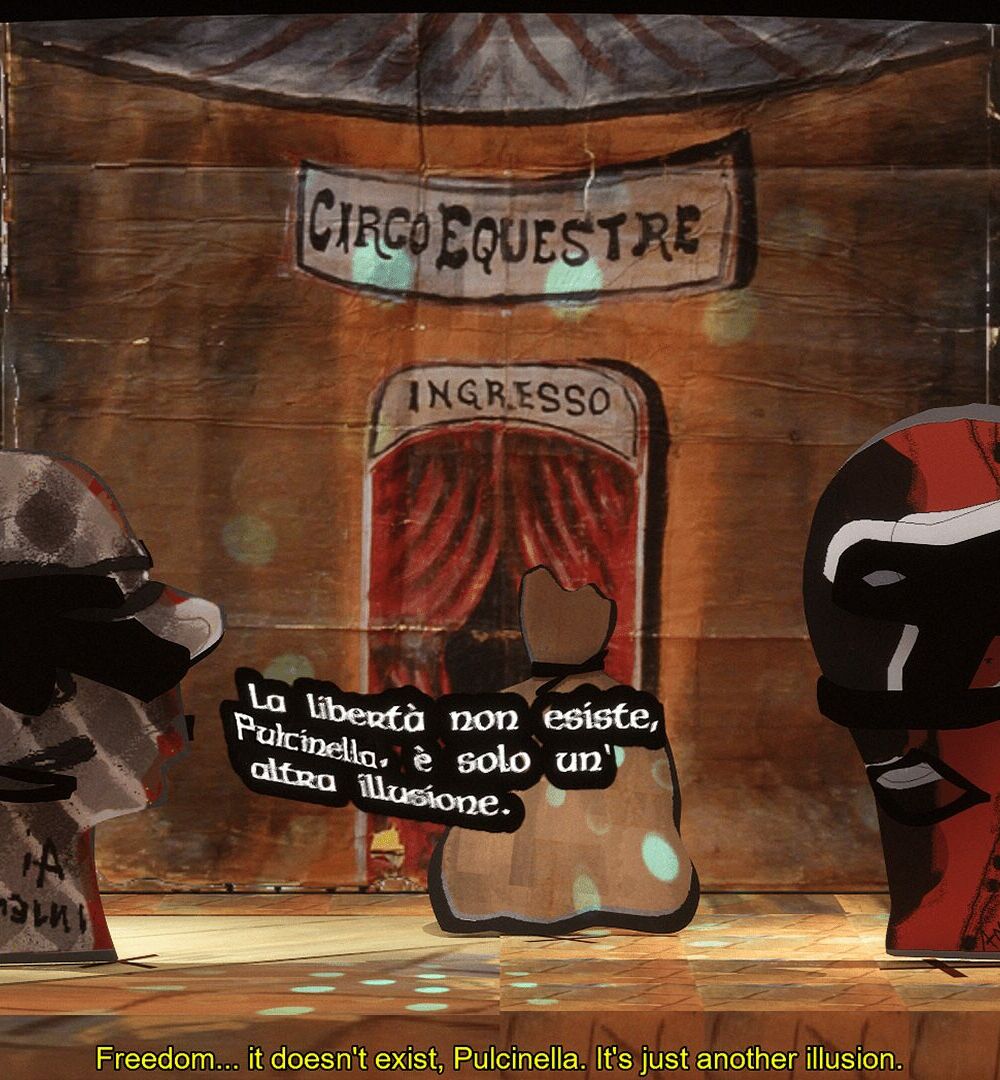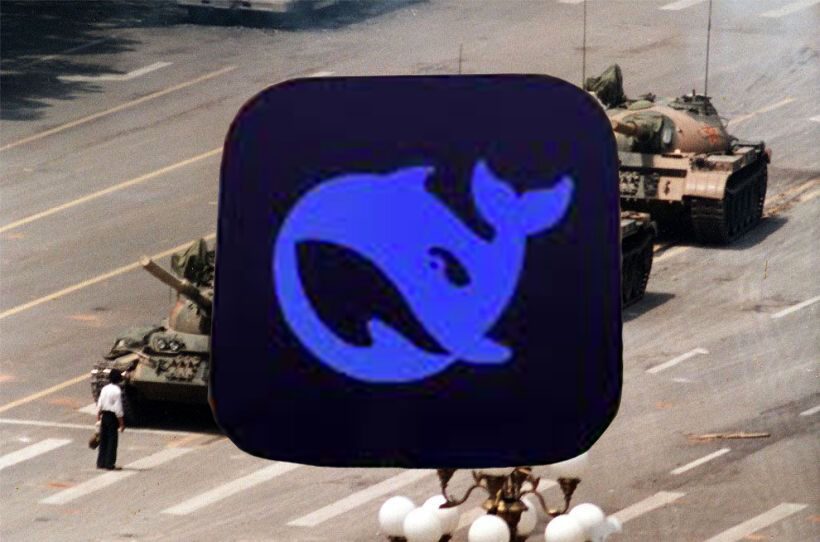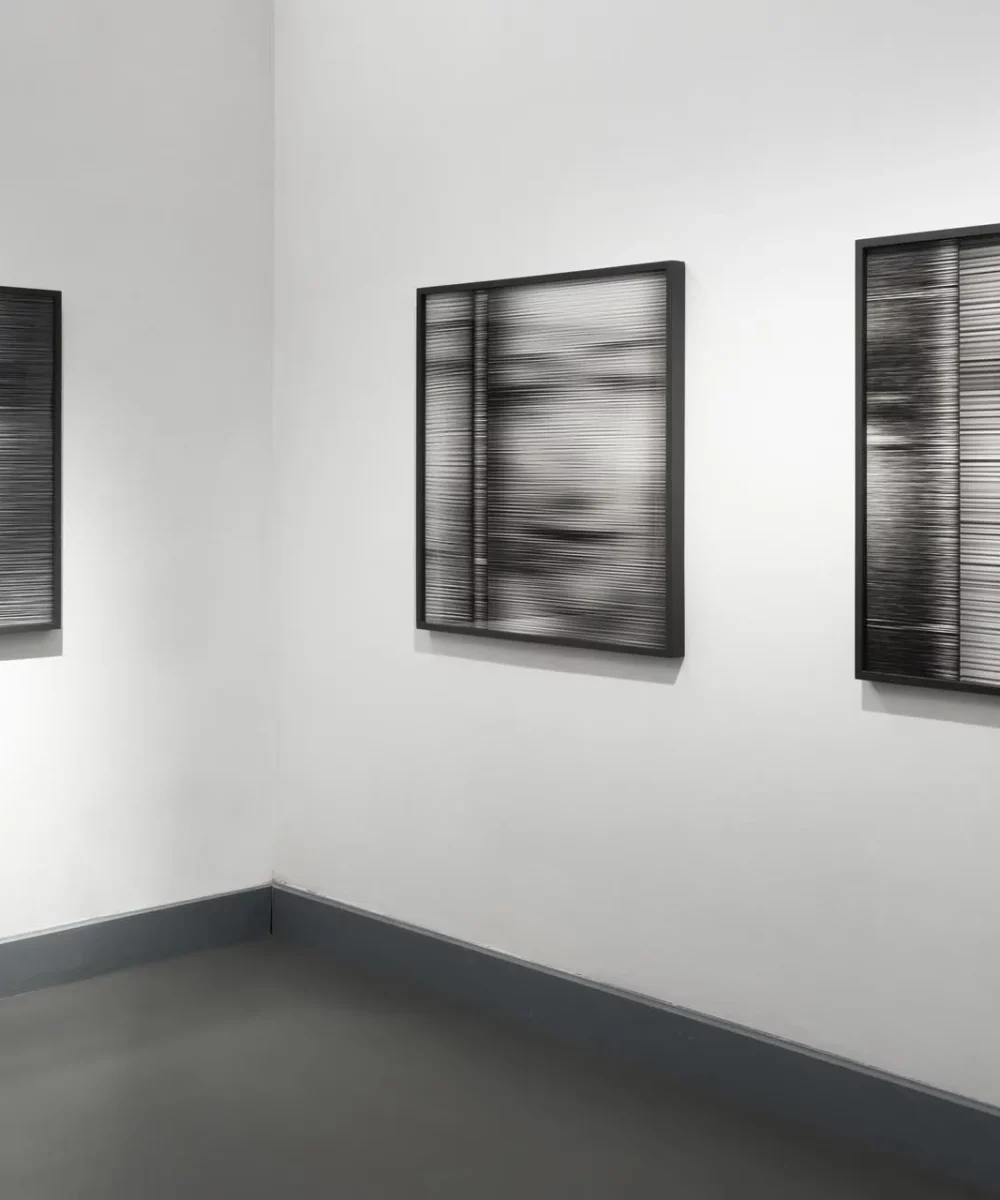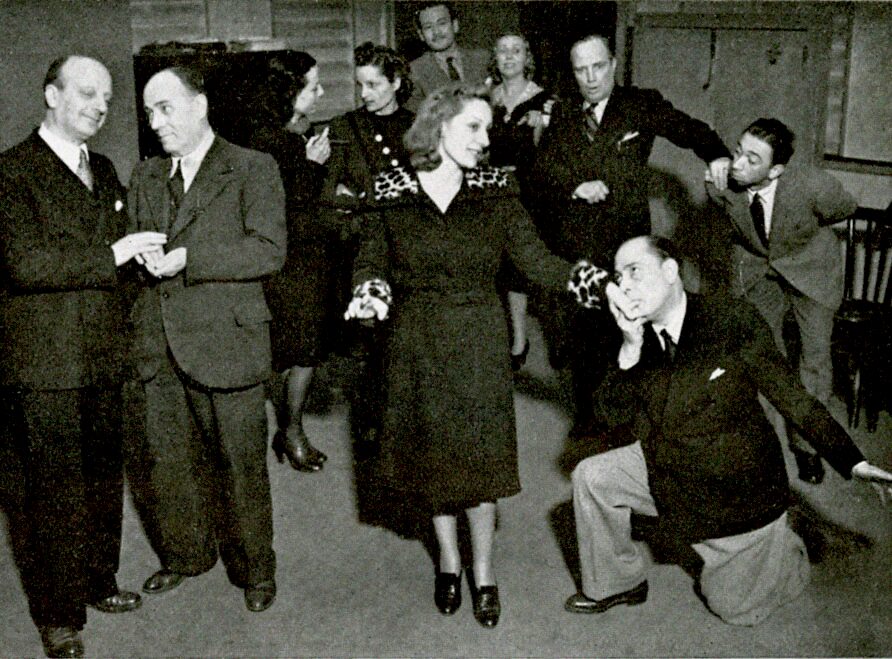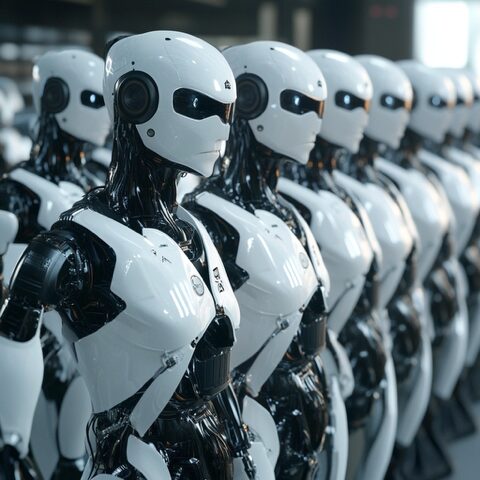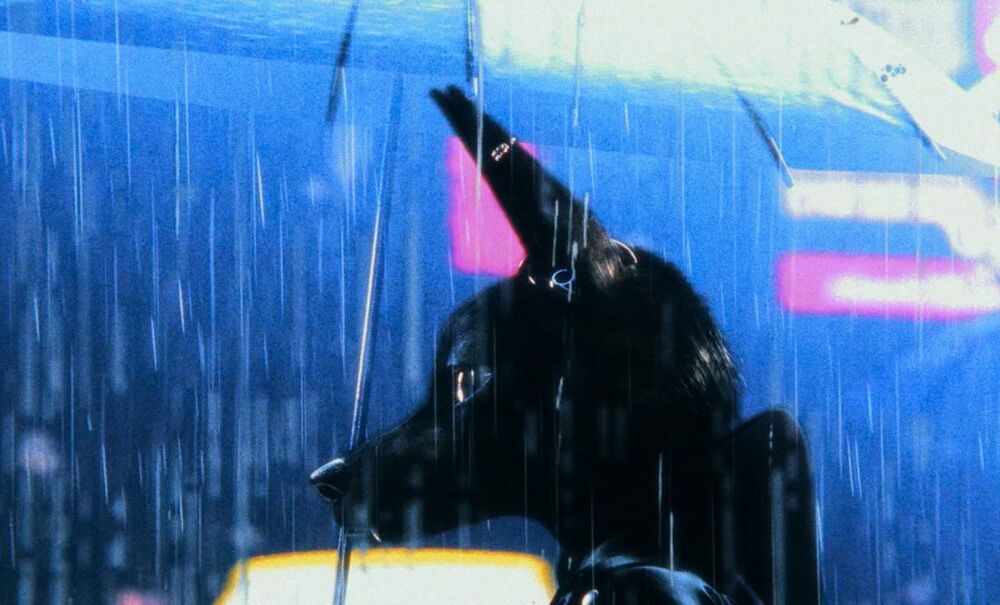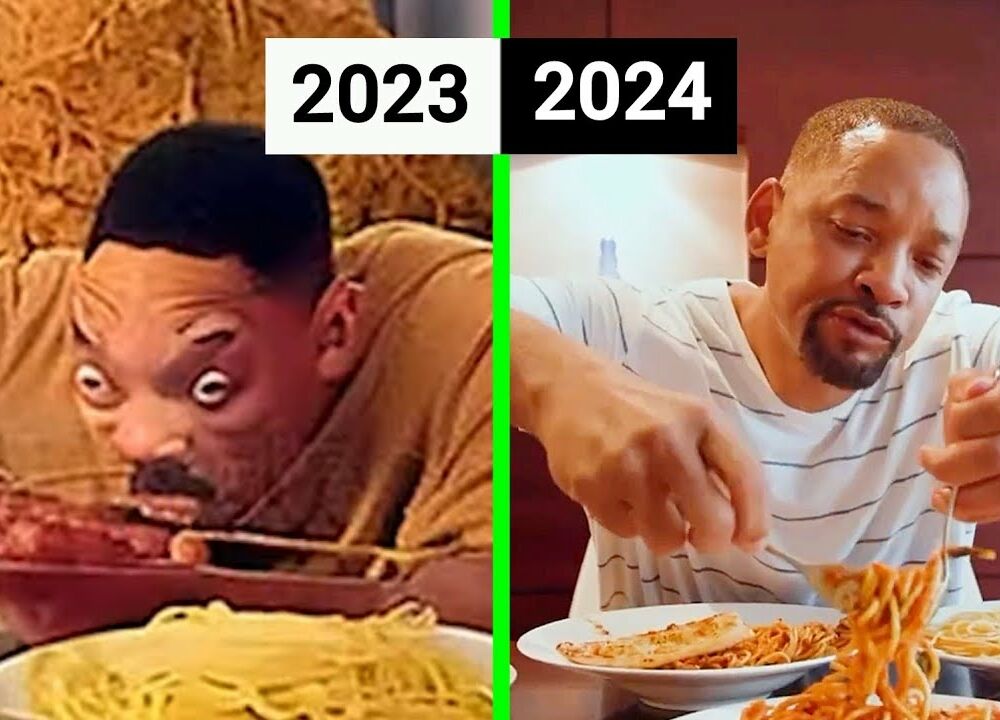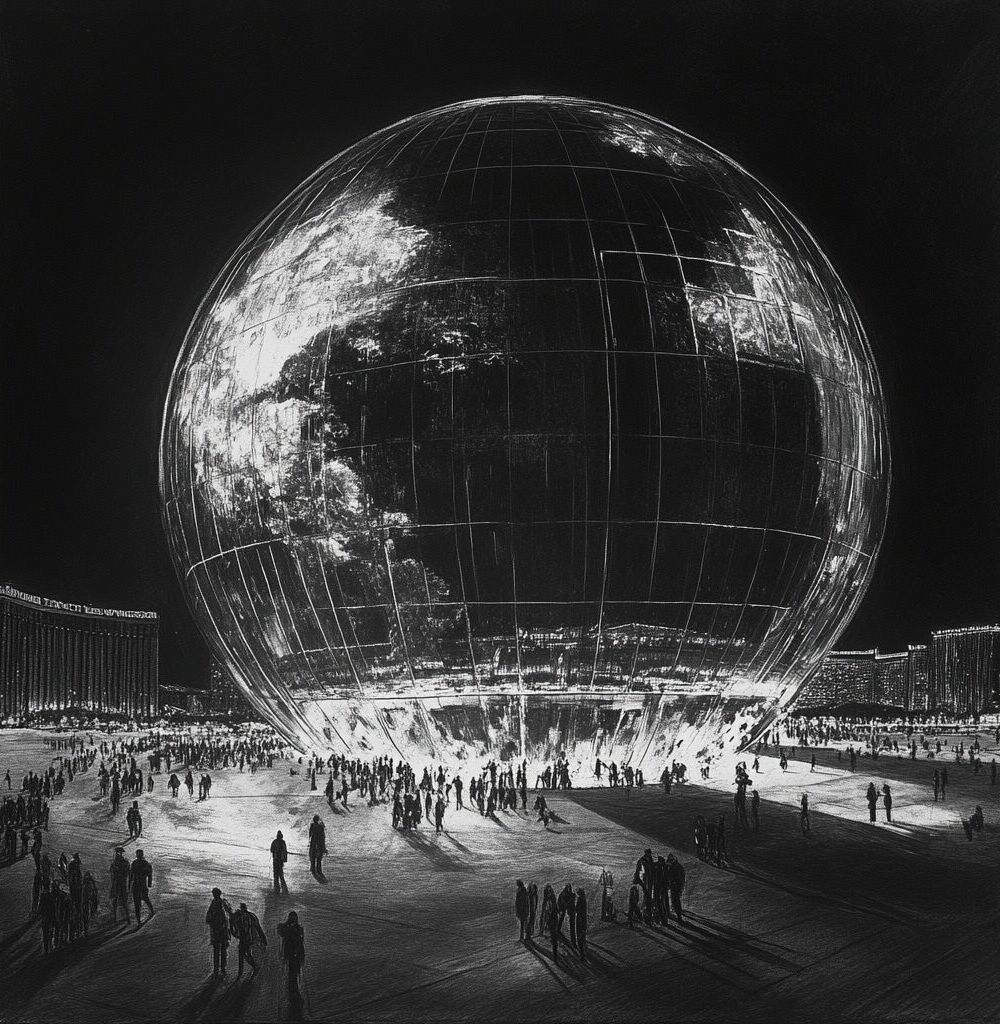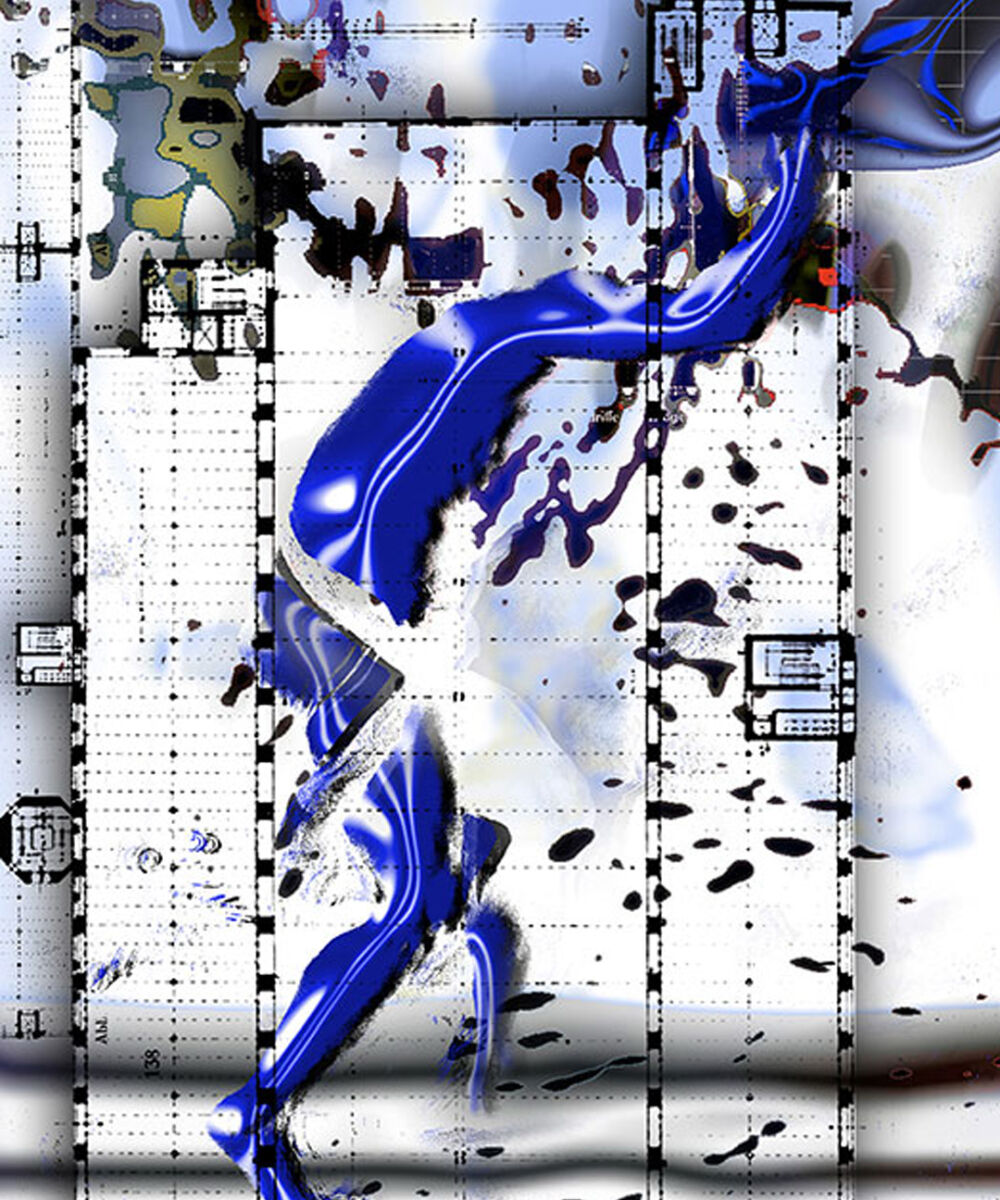LA RIVOLUZIONE ALGORITMICA
Sora: A Promise for Creatives or an Exclusive Tool for the Few?
by Francesco D'Isa
A critical and philosophical look at artificial intelligence and its influence on society, culture and art. La Rivoluzione Algoritmica aims to explore the role of AI as a tool or co-creator, questioning its limits and potential in the transformation of cognitive and expressive processes.
Sora, OpenAI’s text-to-video software, is now available to the American public. It allows users to create complex videos using simple textual commands—though, as with any AI, this simplicity is largely an illusion.
Sora primarily targets professionals and businesses due to its high subscription fee ($200 per month). Nevertheless, it significantly reduces production costs compared to traditional methods.
The software is not without its limitations. The guardrails implemented to prevent misuse—such as violence, nudity, deepfakes, or copyright violations—risk hindering creative expression more than they prevent actual abuse. These controls reflect the anxieties surrounding new technologies, often accompanied by a “media panic,” as described by sociologist Kirsten Drotner. This recurring phenomenon, present with every major innovation, typically focuses on the potential negative effects of new tools on young people—ironically, the very demographic that usually adopts and masters them first.
Sora’s implications extend to areas such as environmental impact and the job market. It is an energy-intensive software, unsuitable for mass adoption, though in professional contexts, it could actually reduce the ecological footprint compared to traditional production methods. From a labor perspective, Sora could transform the audiovisual sector—for better or worse—by decreasing the demand for certain traditional skills while opening new opportunities for small creators and independent studios.
A recent debate was sparked by a leak of the program, during which some artists experimenting with it published a manifesto criticizing OpenAI for imposing limits on creative freedom, failing to provide adequate compensation, and keeping the software closed. Many testers, however, did not join the protest, arguing that OpenAI’s conditions were favorable. The artists involved had free, early access to the software, with no obligation to promote the company or provide bug feedback, and were allowed to use the videos they created as long as they did not infringe on third-party intellectual property.
Open-source advocates have long—and rightly—highlighted the need for free, modifiable models. Unfortunately, such solutions often require advanced hardware and technical expertise that are beyond most people’s reach. For many, foregoing tools like Sora would mean losing the chance to create complex visual content with relatively limited resources.
The accessibility and transparency of AI technologies is a vital and challenging issue. It is crucial to prevent the ownership and use of these tools from becoming the preserve of a technical or economic elite. To achieve this, we must incentivize the development of accessible public solutions. However, in their absence, we cannot afford to stigmatize commercial applications, which, despite their costs, remain the most accessible options for now.
Francesco D’Isa
Francesco D’Isa, trained as a philosopher and digital artist, has exhibited his works internationally in galleries and contemporary art centers. He debuted with the graphic novel I. (Nottetempo, 2011) and has since published essays and novels with renowned publishers such as Hoepli, effequ, Tunué, and Newton Compton. His notable works include the novel La Stanza di Therese (Tunué, 2017) and the philosophical essay L’assurda evidenza (Edizioni Tlon, 2022). Most recently, he released the graphic novel “Sunyata” with Eris Edizioni in 2023. Francesco serves as the editorial director for the cultural magazine L’Indiscreto and contributes writings and illustrations to various magazines, both in Italy and abroad. He teaches Philosophy at the Lorenzo de’ Medici Institute (Florence) and Illustration and Contemporary Plastic Techniques at LABA (Brescia).



